Have you ever noticed how you can spend most of your day dwelling on the past, or worrying about and planning your future, or agonizing over your circumstances? When we are so focused in the past and future, finding fulfillment and gratitude in what we are doing now can be impossible. How can we find happiness, fulfillment and gratitude in everyday life experiences when we place little mental attention on the now?
Our morning routine, sitting in traffic, soothing a crying baby, moving with persistent pain: We plan, we daydream, we ruminate; we take in our world through a lens of interpretation and add to our ever-evolving personal story. This type of narrative thinking throughout our day is pre-programmed and habituated in our lives. We identify ourselves through the stories we create out of our past experiences and our goals for the future.
This type of narrative focus illuminates specific neural circuitry in the medial prefrontal cortex and memory regions including the hippocampus, as in a study by Norman A. S. Farb and colleagues. In this study, mindfulness training changed the neural pathway of experience.
Mindfulness is the practice of purposefully paying attention to the details of your experience as they arise and without judgment: monitoring the state of the body and mind, as we are immersed in an activity, through sensations, tastes, smells, sights, sounds, and thoughts. With direct experience, different regions of the brain become active, including the insula and anterior cingulate cortex, regions used in perceiving body sensations and attention!
Additionally, these two neural circuits are inversely correlated, which means that one is less active while the other is active. This is why when our neural circuitry is focused on the narrative and we feel anxious and stressed about a circumstance it helps to take a deep breath and connect with your sensations in the present moment. This way we can trigger our brains to enlist the insula and anterior cingulate cortex and suppress the narrative that is poisoning our experience. We can cultivate a feeling of being grateful, a feeling of being fulfilled and a feeling of being happy in each moment by tapping into our neuroscience!
3 steps to make use of your neuroscience to feel fulfilled and grateful now:
- Light up your insula. Practice focusing all of your attention to a direct sense, and do it often.
- Find a way of practicing mindfulness that fits into your everyday life.
- Notice and contrast how you feel when you are experiencing your experiences as they arise, in real-time vs. in your mental narrative, or going through the motions as you plan, dwell or anticipate.
I use this process in my everyday life experiences. For example, when my baby is crying, I like to focus on the sensation of her weight in my arms and the sensation of her breathing and mine as she is pressed against my chest. By keeping my insula active even in times that could be considered stressful, I am able to remain calm and grateful for each moment with her, even if she is inconsolable.
Not thinking about the past, future or yourself through a narrative story, but experiencing the information presented to all of your senses in real time, allows us to be more adaptable in our interactions. By focusing on the present moment, we experience life unencumbered by our past, habits, expectations or assumptions, therefore cultivating a feeling of fulfillment and gratitude in each moment.
Find a way of practicing mindfulness that fits into your everyday life. With enough practice, you can change your neuroscience and create greater gratitude and fulfillment in your everyday life experiences.
